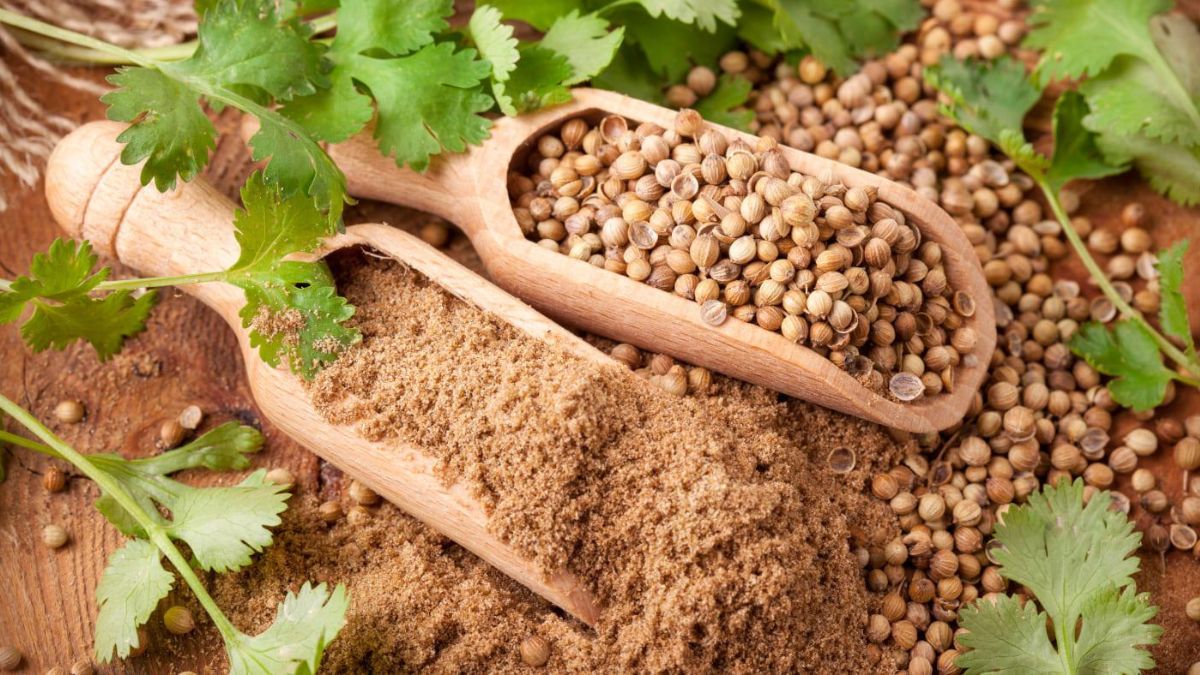Koriandri has been a part of human culture for centuries, valued both as a spice and as a natural remedy. Known for its distinctive aroma and flavor, koriandri is more than just a kitchen ingredient, it carries historical, culinary, and medicinal importance.
In modern times, koriandri continues to attract global attention for its diverse uses. From enhancing meals to supporting overall wellness, it remains one of the most versatile herbs in the world. People rely on koriandri for flavor, health, and tradition.
This article explores koriandri in detail, including its origins, nutritional value, health benefits, and various applications. Whether you are a food enthusiast or interested in natural remedies, koriandri has something to offer.
History and Origins of Koriandri
The history of koriandri stretches back thousands of years, making it one of the oldest known spices. It is believed to have originated in the Mediterranean and Middle Eastern regions, later spreading to Asia and Europe. Ancient civilizations, including the Egyptians and Greeks, used koriandri in both cooking and medicine.
Records show koriandri seeds were even found in the tombs of Egyptian pharaohs, proving its value in rituals and daily life. The Romans introduced koriandri to Europe, where it became a staple in local cuisines. Over time, it traveled to India, where it gained an essential role in spice blends. Today, koriandri is cultivated worldwide, reflecting its universal appeal.
Nutritional Value of Koriandri
Koriandri is not only aromatic but also rich in essential nutrients. The seeds and leaves contain a variety of vitamins, minerals, and antioxidants that contribute to overall health. For instance, koriandri is a good source of Vitamin C, Vitamin K, potassium, and dietary fiber.
It also contains natural compounds like linalool, which contribute to its unique fragrance and potential health benefits. The high antioxidant levels found in koriandri help protect the body against free radicals and support immune health. Because it is low in calories, koriandri can be included in almost any diet without concern.
With its balanced nutritional profile, koriandri stands out as more than a spice, it is also a natural wellness booster.
Health Benefits of Koriandri
Koriandri has been studied for its impressive health benefits. One of its key advantages is aiding digestion. Its natural oils help stimulate enzymes, reducing bloating and discomfort. In addition, koriandri supports heart health by helping regulate cholesterol levels and blood pressure.
Its antimicrobial properties make koriandri useful in fighting infections and boosting immunity. Many people also use it for managing blood sugar levels, making it helpful for those with metabolic concerns. The antioxidants present in koriandri contribute to skin health by reducing inflammation and promoting a clearer complexion.
Whether consumed raw, as seeds, or in oil form, koriandri provides natural ways to maintain overall wellness. Its health benefits continue to make it valuable in both traditional and modern medicine.
Culinary Uses of Koriandri
Koriandri is celebrated worldwide for its role in cooking. Both the seeds and fresh leaves are used in countless dishes, giving them depth and aroma. In Indian cuisine, koriandri seeds form the base of many spice blends such as garam masala and curry powders. In Latin American dishes, fresh koriandri leaves (often called cilantro) are essential for salsas and sauces.
Its seeds add a warm, citrus-like flavor when roasted or ground, while the leaves provide a fresh, herbal taste. Koriandri pairs well with vegetables, meats, soups, and stews. It is equally popular in pickling, bread baking, and seasoning marinades.
By blending tradition and taste, koriandri has become a universal spice, appreciated in kitchens across the globe.
Koriandri in Traditional Medicine
Beyond cooking, koriandri holds an important place in traditional medicine systems such as Ayurveda, Chinese medicine, and folk healing practices. In Ayurveda, koriandri is considered cooling and beneficial for digestion and detoxification. Traditional Chinese medicine uses it to stimulate appetite and balance internal energies.
Healers often recommend koriandri tea or seed infusions to relieve stomach discomfort, headaches, and nausea. The essential oil derived from koriandri is also valued for its soothing effects, often used in aromatherapy.
Even today, natural medicine practitioners continue to recommend koriandri as a gentle, effective remedy for a range of health concerns, from digestion to detoxification.
Modern Applications of Koriandri
In the modern era, koriandri goes beyond food and traditional healing. Its extracts are widely used in the pharmaceutical, cosmetic, and wellness industries. Essential oils made from koriandri seeds are added to skincare products for their antimicrobial and anti-inflammatory effects.
In perfumery, koriandri oil provides a fresh, spicy note that blends well with other fragrances. Food industries use koriandri in sauces, beverages, and processed products to enhance flavor naturally. Additionally, health supplements now include koriandri extract due to its potential to support immunity and digestion.
With growing interest in natural and plant-based solutions, koriandri remains relevant and versatile in many industries.
Growing and Harvesting Koriandri
Cultivating koriandri is relatively simple, making it a favorite for both commercial farmers and home gardeners. It thrives in well-drained soil and requires adequate sunlight. The plant grows quickly, with both its leaves and seeds harvested at different stages.
Fresh leaves are typically picked when the plant reaches about 4–6 inches in height, while the seeds are collected once the plant flowers and dries. Harvesting koriandri requires care to preserve its flavor and aroma. Proper storage of seeds in airtight containers ensures they remain fresh for long periods.
Because it is easy to grow and highly rewarding, koriandri is a popular choice in herb gardens around the world.
Cultural Significance of Koriandri
Koriandri is not just a spice, it carries cultural and symbolic importance. In many regions, koriandri symbolizes health, abundance, and purity. For centuries, it has been used in rituals, celebrations, and traditional feasts.
In Indian culture, koriandri is sprinkled over festive dishes, representing freshness and prosperity. Mediterranean communities associate koriandri with vitality, while Middle Eastern traditions highlight its use in religious practices.
Through history, koriandri has connected communities, cuisines, and traditions, making it more than just a flavor enhancer. Its cultural role adds depth to its already fascinating story.
Conclusion
Koriandri continues to stand out as one of the most valued herbs in the world. From its ancient roots to modern applications, it has consistently proven its worth in food, medicine, and culture. Its nutritional profile, health benefits, and aromatic qualities make it a must-have ingredient in every household.
Whether enjoyed as fresh leaves, dried seeds, or concentrated oil, koriandri enriches life in countless ways. Its global presence is a testament to its timeless appeal, ensuring that koriandri remains relevant for generations to come.
FAQs About Koriandri
What is koriandri used for?
Koriandri is used in cooking, traditional medicine, cosmetics, and wellness products. Both seeds and leaves are versatile in food preparation.
Is koriandri healthy?
Yes, koriandri is packed with vitamins, antioxidants, and compounds that support digestion, heart health, and immunity.
How does koriandri taste?
Koriandri seeds have a warm, citrus-like flavor, while the fresh leaves taste herbal and slightly peppery.
Can koriandri help in digestion?
Yes, koriandri contains natural oils that stimulate digestive enzymes, reducing bloating and improving gut health.
How can koriandri be stored?
Koriandri seeds should be stored in airtight containers, while fresh leaves are best kept refrigerated to preserve freshness.


